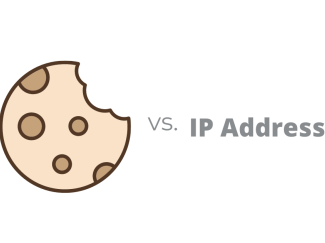If you've ever tried to go incognito with your web browser or cleared your cookies to read additional articles on a news site (and you were successful), you're likely experiencing a cookie-based paywall solution approach.
Cookie-based paywalls are easy to get around. Here at PaywallProject, we define a cookie-based paywall as a soft paywall. With a little technical know-how, cookie-based paywalls can be thwarted.
Why an IP-based paywall is better
We prefer an IP-based paywall approach. Instead of relying on cookies, we rely on IP addresses to count the number of views that a particular reader has available.
For example, perhaps your site offers 3 free views to anyone that visits. With the old cookie-based method, it's as simple as clearing your cookies to reset the article view limit. With an IP-based paywall, clearing cookies will not restart the article view limit. Since the paywall is tracking the IP, it makes it much more difficult to get around the paywall.
Are IP-based paywalls a magic bullet?
No. With a simple VPN, it can be bypassed. You won't be able to stop everyone from reading your content for free (let's be honest, those using a VPN to get around your paywall are not likely to ever subscribe). With an IP-based paywall, it nudges readers a bit more to pay for your valuable content. Some publishers have seen a bump in revenue just by turning on this feature.
Interested in a paywall for your local news publication? Get in touch


